Hard facts about six common water treatment-softening myths
by Rosie on the House (Rosie Romero)
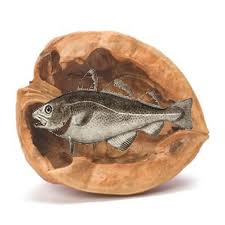
Water News in a Nutshell.
In A Nutshell: Popular home building and remodeling expert Rosie Romero, who hosts a syndicated radio show in the Phoenix area called Rosie on the House, gives some advice about “common water treatment-softening” myths. Then Gene Franks, of Pure Water Products, offers some advice about Romero’s advice.
Arizona has hard water; that’s a given. But once you accept that fact, you have to decide what to do about the water at your house.
Here are the basics: The U.S. Department of Interior defines water as being slightly hard when it has from 1 to 3.5 grains per gallon of calcium and magnesium bicarbonates occurring naturally in the water. In Arizona, hardness levels can exceed 20 grains per gallon, but these levels are not dangerous. After all, about 80 percent of the water in the United States is considered hard.
What homeowners don’t like is that these minerals can cause scale to build up inside plumbing and appliances. The useful life of a dishwasher and a water heater can be shortened as a result. The harder the water, the grayer the “whites” look when you do laundry.
Some of us don’t like the taste of the water either. You can just use carbon filtration to improve the taste. But a reverse osmosis system or distillation unit can do even more to clarify your water by combining carbon filtration with removal of dissolved solids or what some people call “floaties.”
When it comes to the hardness of the water, however, we recommend buying or renting a water softening system to handle the issue. That’s the only way to end or minimize scale on shower walls as well as mineral build-up in appliances and your water-heater. In the process, you can eliminate dry skin problems and cut back on use of soaps, detergents, shampoos, and fabric softeners.
If you’re doing your homework before you buy or rent, you’re likely to hear many myths about what water treatment does and doesn’t do said David Perry, executive director of the Arizona Water Quality Association, a non-profit trade organization. Here are some of the claims you may hear and why you should discount them:
Myth No. 1: You can soften water with a salt-free system.
That is just not possible. Systems that say they are no-salt softeners are actually just scale inhibitors. Some can decrease the scale inside appliances but some will hardly affect that scale at all. These alternative treatment firms may use magnetic, catalytic, electric or electro-dialysis equipment. Most of these firms offer no independent confirmation that they can remove calcium or magnesium ions from water or reduce scale formation. Often these systems are coupled with a carbon filter to make drinking water taste better. But the best way to reduce hardness in water is by installing an ion-exchange softener. It will remove hardness — the scale-forming calcium and magnesium — by replacing it with sodium chloride or potassium chloride.
Myth No. 2: By removing dissolved solids from water you will deprive your body of healthy nutrients like calcium and magnesium, prevalent in hard water.
The problem with that argument is that the calcium and magnesium in your water are in an inorganic form that your body cannot digest in the way that it can with minerals found in your food or in dietary supplements.
Myth No. 3: Softened water leaves a film on your skin because something has been added to your water.
It’s true that your skin will feel softer and less dry after a shower in softened water because your natural body moisturizing oils are better able to reach your skin’s surface. In addition, those soaps, shampoos and shower gels will suds up faster. After your shower in soft water, you are actually much cleaner than when you shower in hard water.
Myth No. 4: Softeners add extra salt to your water.
That is not really happening because the softening process is an ion-exchange system that removes the salts holding the calcium and magnesium and replaces them with other salts. You’re not really adding to the total salt level in your water. By comparison, an eight-ounce glass of Coca-Cola has 30 milligrams of sodium while an eight-ounce glass of softened water has less than 12.5 milligrams of sodium. According to the Centers for Disease Control, a typical one-ounce slice of bread has between 80 and 230 milligrams of salt, although it depends on the brand.
Myth No. 5: Drinking water purified in a reverse osmosis system or in a distiller will leach essential minerals from your body.
This old and untrue story can be found all over the Internet. Nothing is purged from your body by drinking filtered or distilled water, according to David Perry. The EPA actually advocates use of reverse osmosis to remove some substances from drinking water. Generally, you should also avoid any company that uses scare tactics regarding the safety of your municipal drinking water supply.
Myth No. 6: Water from a reverse osmosis system or a distiller will be acidic.
RO/distilled water does have a lower pH level. That’s because these systems remove dissolved bicarbonate solids but not acid-producing carbon dioxide. Without the bicarbonates to neutralize it, there is carbonic acid in the RO water. But it is not a health concern, nor will it endanger your water pipes. Although the pH level of untreated tap water will be about 7; the level of RO water is about 6. Soft drinks and sports drinks typically have a pH of 2.5, orange juice is at 3 pH and coffee is at 4 pH. We drink all these beverages all the time without major problems.
Before hiring a water treatment contractor: Always be sure that the contractor is licensed, bonded and insured. Does the contractor use trained and qualified technicians for installation and follow-up? Did he test your water before making a recommendation, even if you are on a municipal water source? Do you understand the cost of ongoing maintenance and upkeep?
Source: Ktar.com
Gazette Fair Use Statement
Hard Facts about “Hard facts about six common water treatment-softening myths”
by Gene Franks
This is a good article with lots of good advice, but water treatment isn’t always an exact science and there is room for disagreement.
The definition of “slightly hard water” as water that has 1 to 3.5 grains of hardness is not a mandate by the U. S. Department of the Interior that everyone with “slightly hard water” needs to buy a water softener. The industry recommendation for residential use where a softener is needed used to start at 7 grains per gallon. It keeps inching its way down. The town where I live and do business has 7-grain water. I do not have a softener in my home (although I could have a free one if I wanted), and we do not recommend softeners for our local customers (but we are happy to sell them upon request).
The need for a water softener is a personal choice. There is a point where scale damage to appliances and pipes makes owning a water softener practical, but some would prefer to replace appliances to owning a softener. For others, getting rid of water spots on dishes is worth any sacrifice; for them a water softener is essential, even if their water is only slightly hard. In borderline cases, the type of appliances and the temperature you keep your water, might be deciding factors. (The hotter the water, the faster scale forms, and tankless water heaters need more scale protection than traditional tank-style water heaters.)
As for the Six Myths:
1. The statement is true but misleading. No reputable seller of no-salt alternatives to conventional softeners claims that his or her product “softens” water. Alternatives are sold as scale preventers, not softeners, and there is ample documentation to back the claims of many such products. We sell conventional softeners, but we also sell a TAC product with equal enthusiasm. Customer satisfaction with the product is high. The technology is widely accepted in Europe and its effectiveness has been demonstrated repeatedly.
2. No argument with that. The “low mineral” myth is promoted mainly by sellers of products other than reverse osmosis. The argument against softeners is that they take out “essential minerals” and overload the water with sodium.
3. That isn’t the way the “myth” is usually stated. Most often, those who do not like softened water complain of a slick or “slimy” feel to the water. I have seen no evidence that either softened or un-softened water is more healthful for the skin. While it is true that soaps and shampoos lather better and seem to work better in softened water, their improved effectiveness might actually damage the skin by stripping away natural oils. One thing that is true is that with softened water less soap is needed.
4. The answer plays with the technical chemical definition of salt. The real-world complaint is that softeners add sodium, which they do, in place of calcium and magnesium. I agree that as a health issue this is no big deal and that the amount of sodium in softened water is nothing compared to the sodium in a can of green beans.
5. I agree that the “RO leaches minerals” myth is nonsense. Its popularity demonstrates that if you say something long enough, no matter how implausible, people will begin to repeat it and believe it. If RO water leached minerals from the body, the world would be full of boneless blobs dying in the streets.
6. Again, the pH myth, which is related to the mineral leaching myth, is so dumb it doesn’t deserve an answer. Nevertheless, it is widely promoted. The pH of RO water is temporarily low because the buffering agents that have been balancing the carbon dioxide have been taken away. The pH jumps back to normal as soon as the water contacts almost anything else. In fact, if you swallow RO water, your body has corrected the pH to whatever it needs it to be before it reaches the stomach. Every day we take in many foods and beverages whose pH levels range from high to low, but the body deals with them easily. To say that you should not drink RO water because of its pH is like saying you should eat nothing but turnips because they alone have a pH level that’s ideal for the stomach.
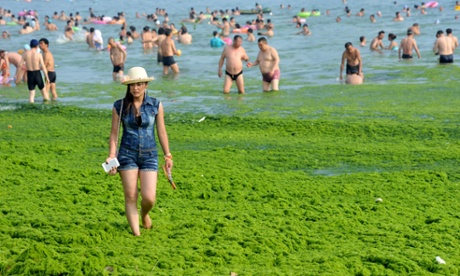





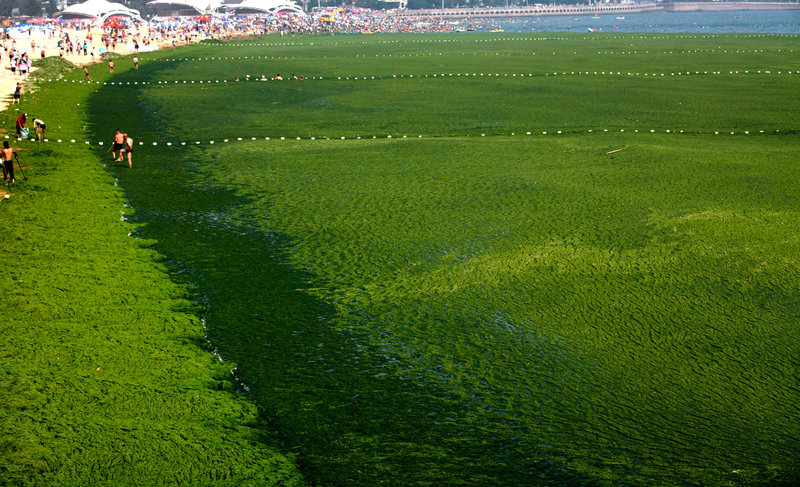
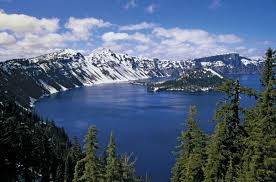

![fracking[1]](http://purewatergazette.net/blog/wp-content/uploads/2012/07/fracking1.jpg)
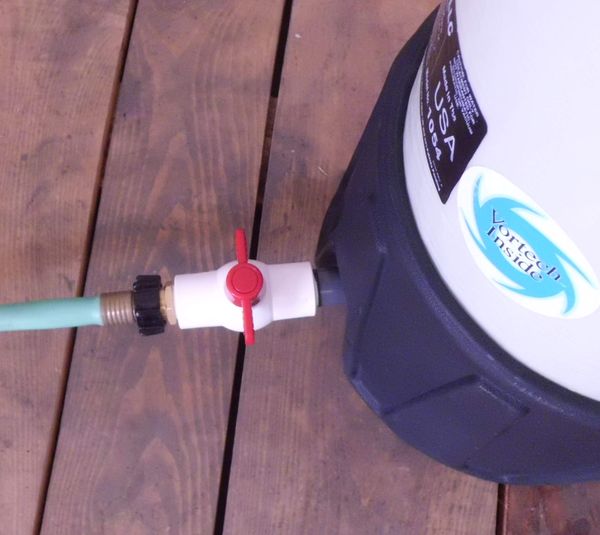
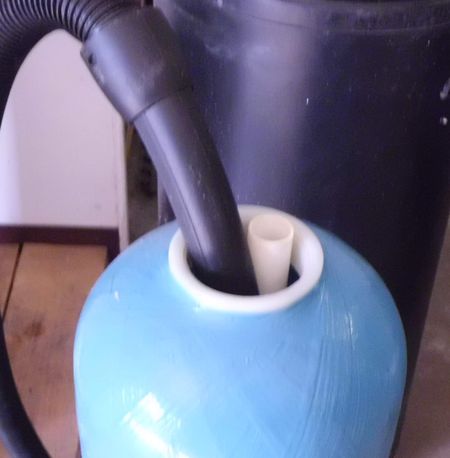
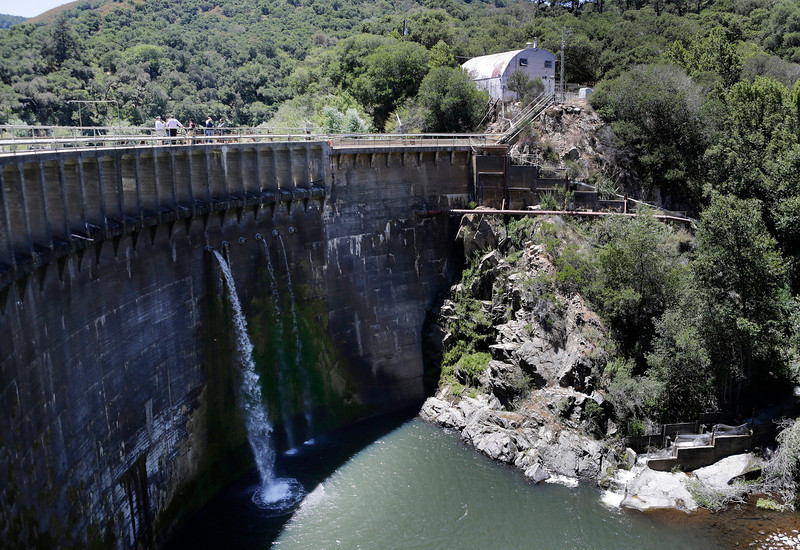
![tiger[1]](http://purewatergazette.net/blog/wp-content/uploads/2012/04/tiger11.gif)

